Is it cheaper to build an extension or a conservatory? One is usually cheaper, but it turns out that's not always the case
Adding space and value to your home is an investment — so will an extension or a conservatory be cheaper in the long-term?
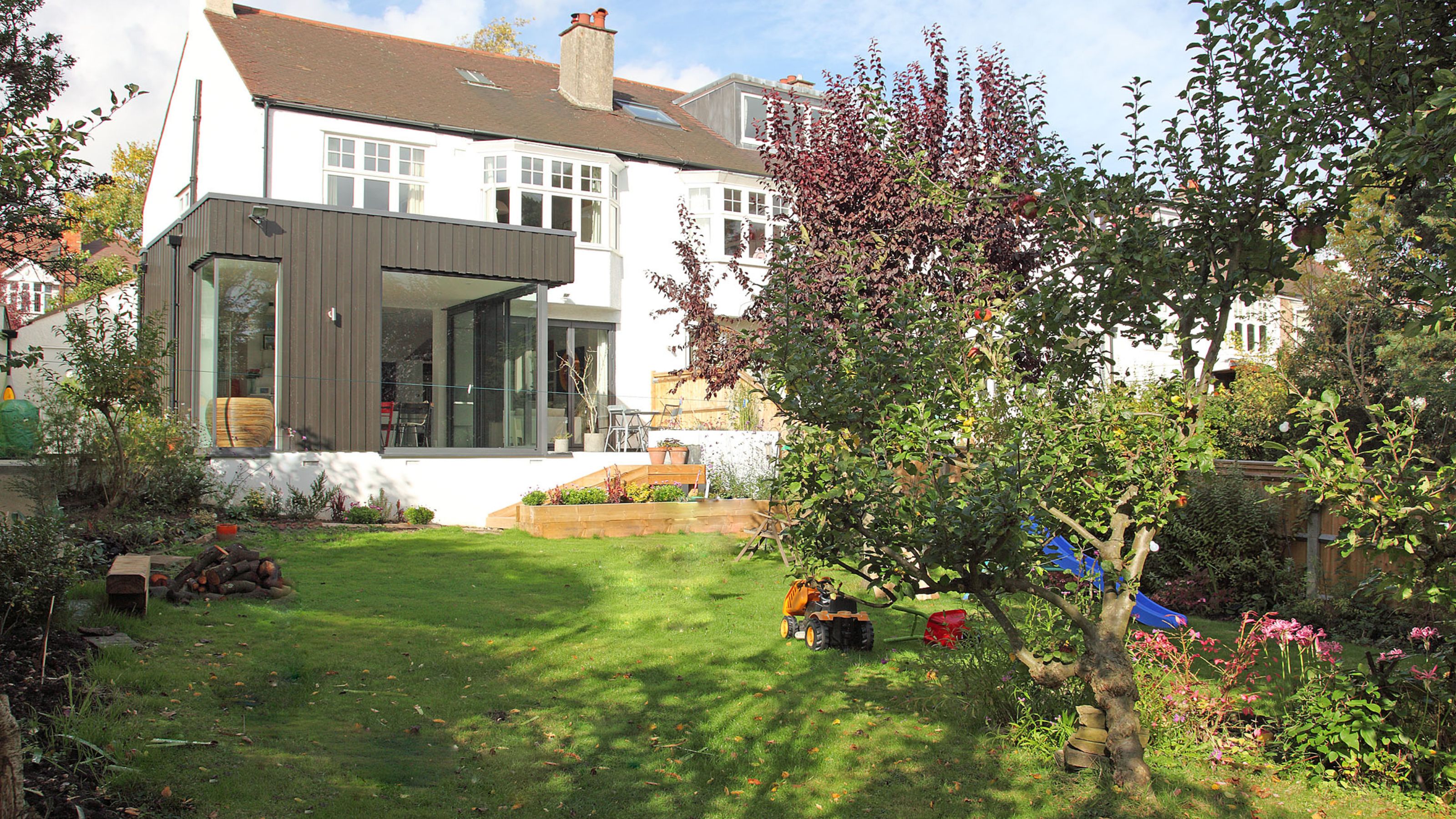
Adding space to an existing home often gives the chance to rejig the layout, introduce a new style or feature and solve issues we have with storage or design - usually allowing us to stay in the homes we love for longer. But when it comes to that extra space, is it cheaper to build and extension or a conservatory?
Weighing up the extensions vs conservatory debate involves considering multiple factors. For many, the most important one will be cost. While building an extension, will give a more permanent structure, lasting longer but ultimately costing more, adding a conservatory gives a more cost-effective route to extra space while perhaps not solving the problems a full extension might.
We asked the experts to drill down into the price differences between the two structures so you're armed with all the information you need to make the right choice for your home.
Which is cheaper to build — an extension or a conservatory?
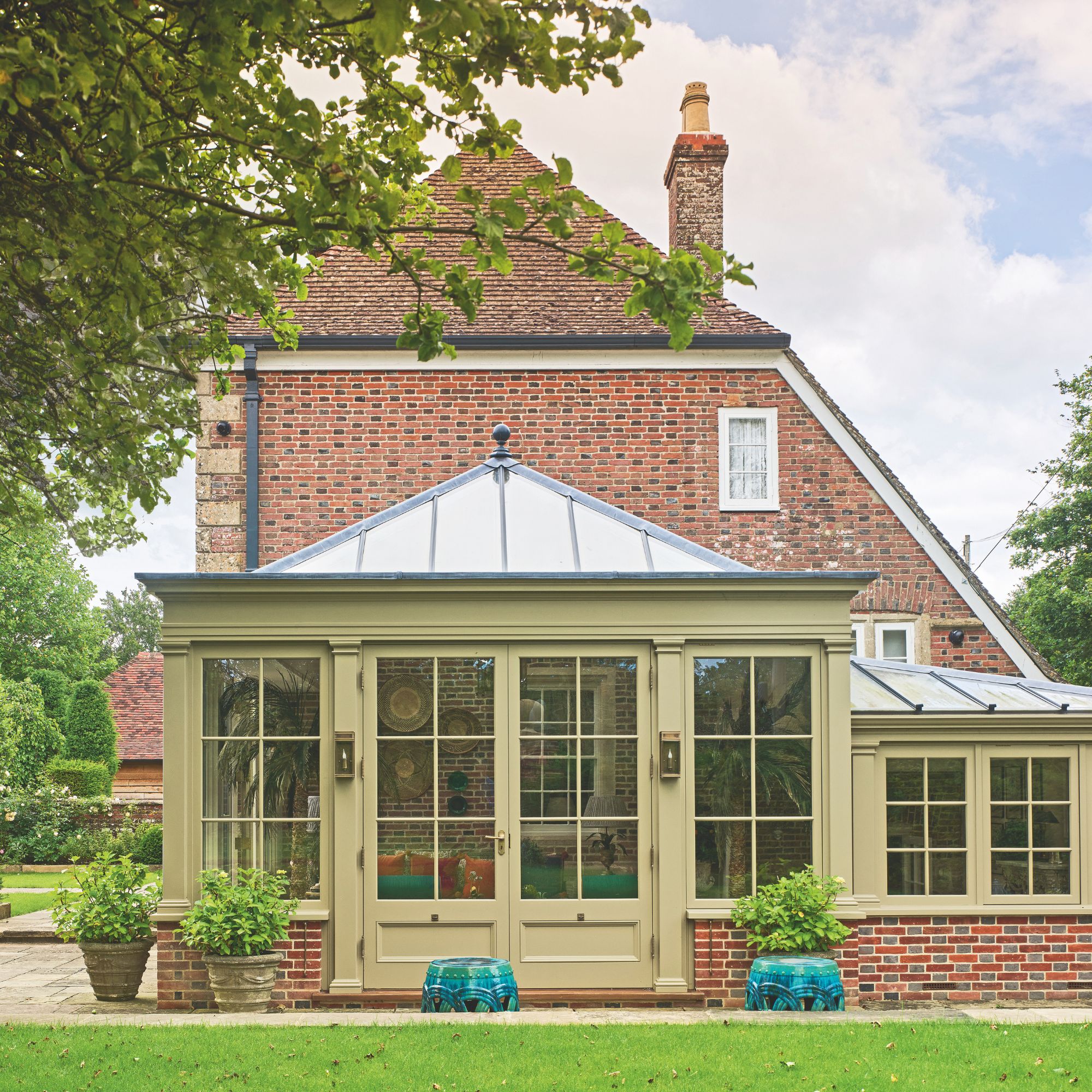
In order to directly compare the cost of an extension and how much a conservatory costs, we must consider the basic average price per square metre.
A single-storey extension will cost between £1,800 and £3,000/m2 while a uPVC conservatory will cost anywhere from £1,300 to £1,500/m2.
With an extension, you’re often paying for longer-lasting materials and labourers being on site for an extended period. Conservatories, on the other hand, can be constructed quicker, often don’t require demolition of existing walls, further saving on costs and mess.
Additionally, the costs of an extension can fluctuate during the project, depending on unforeseen site issues, price hikes on materials and so on, where a conservatory cost will usually remain the same from quote to completion, due to their simplicity.
Get the Ideal Home Newsletter
Sign up to our newsletter for style and decor inspiration, house makeovers, project advice and more.
What factors will affect the cost?
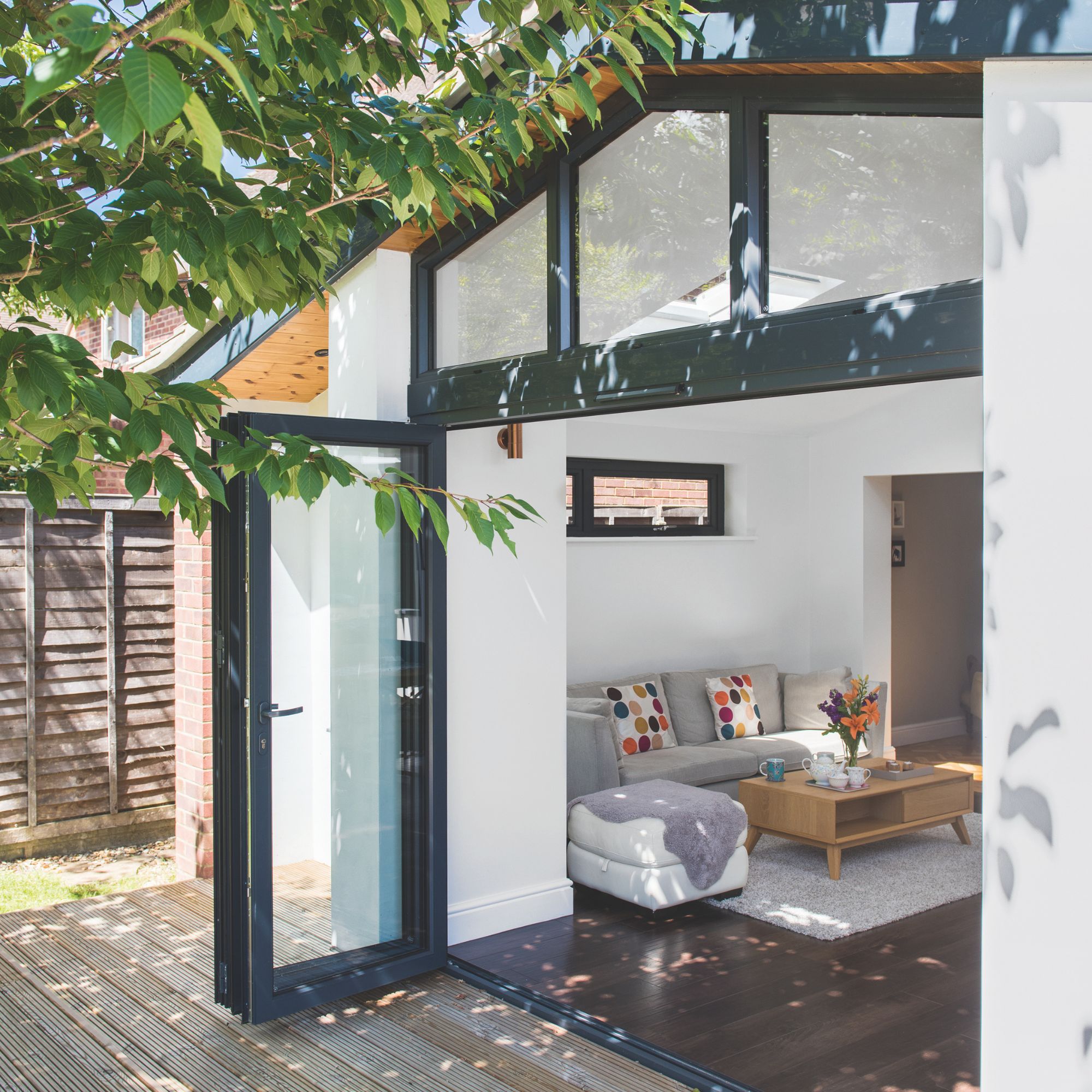
But while these average costs are a good benchmark, for both an extension and a conservatory, there are various factors that will influence the ultimate price you pay.
These can include where you live, the size and complexity of your design and the finishes you choose
For instance, a simple, square flat-roofed extension built with brick and block under Permitted Development will actually end up cheaper than a bespoke timber framed conservatory with heating that has been knocked through into the main house (and therefore requiring building regulations and potentially planning consent).
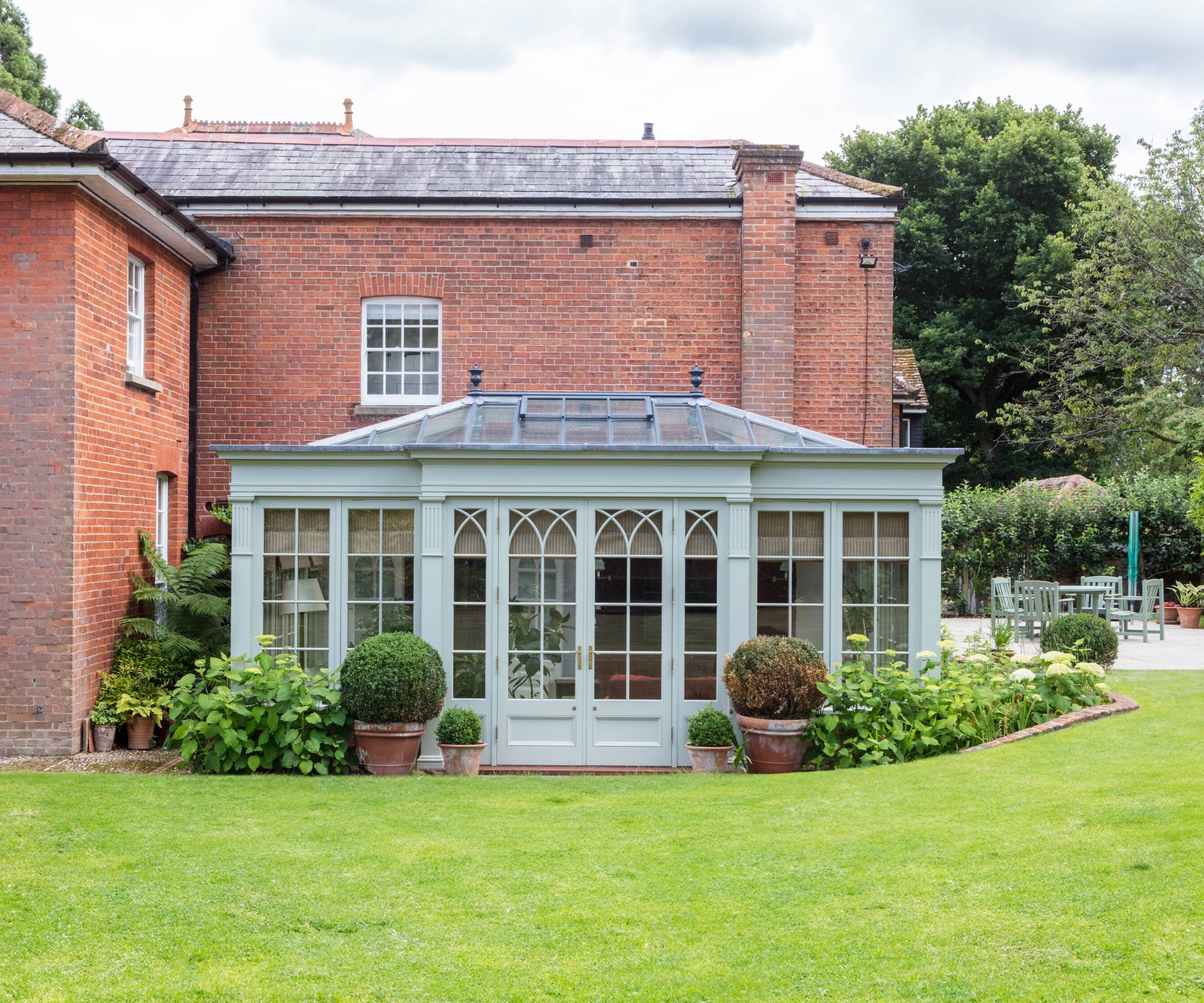
'The longevity of conservatories and extensions is primarily influenced by the quality of materials and craftsmanship rather than the specific structure type,' explains Alice Hickling of Vale Garden Houses.
'High-quality materials combined with expert craftsmanship can greatly enhance their lifespan, while the use of substandard materials on a lower-quality installation may lead to a shorter life expectancy. Additionally, proper maintenance is crucial in maintaining their durability over time.'
Unexpected complications can often increase extension costs as there is more to be considered compared with a conservatory — think electrical, plumbing, plastering.
You might also choose to vacate the house while an extension is being built, further adding to the final bill.

Alice works with Vale Garden Houses and Architecture Bronze windows.
What other costs need to be factored in?
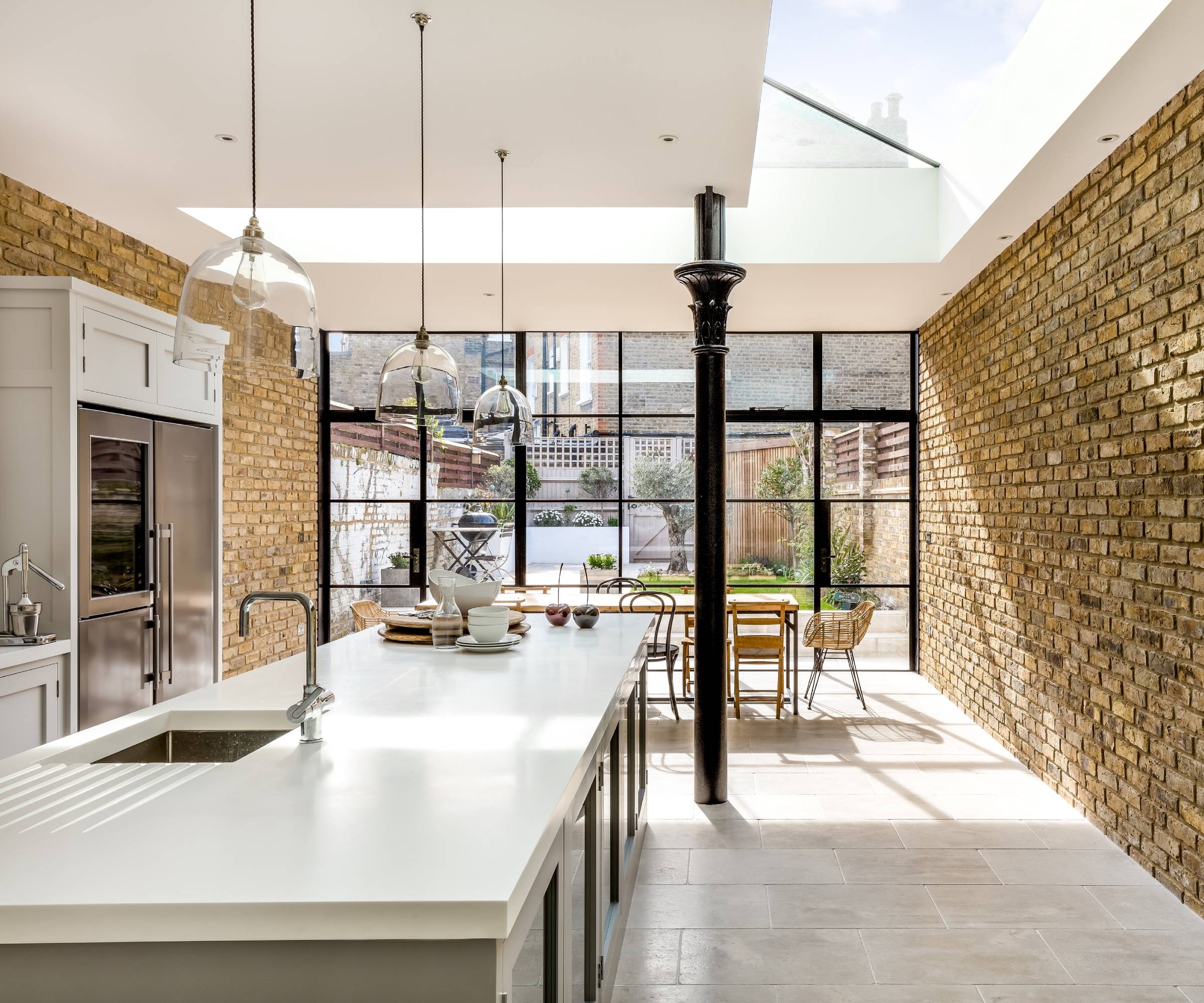
For both extension and conservatories, depending on the scope of the project and where you live you might need to apply for planning permission.
This will increase costs not just for the submission fee, but you also might need an architect or designer to create technical drawings to accompany your application.
With a traditional conservatory (one separated from the main house by a wall and external-grade door), heating costs should be carefully considered.
Although conservatory designs have vastly improved in recent years, being made of glass makes them susceptible to huge temperature fluctuations in summer and winter.
Ensuring these spaces are comfortable year-round using AC units, fans, thermal blinds, space heaters or radiators will be an additional cost.
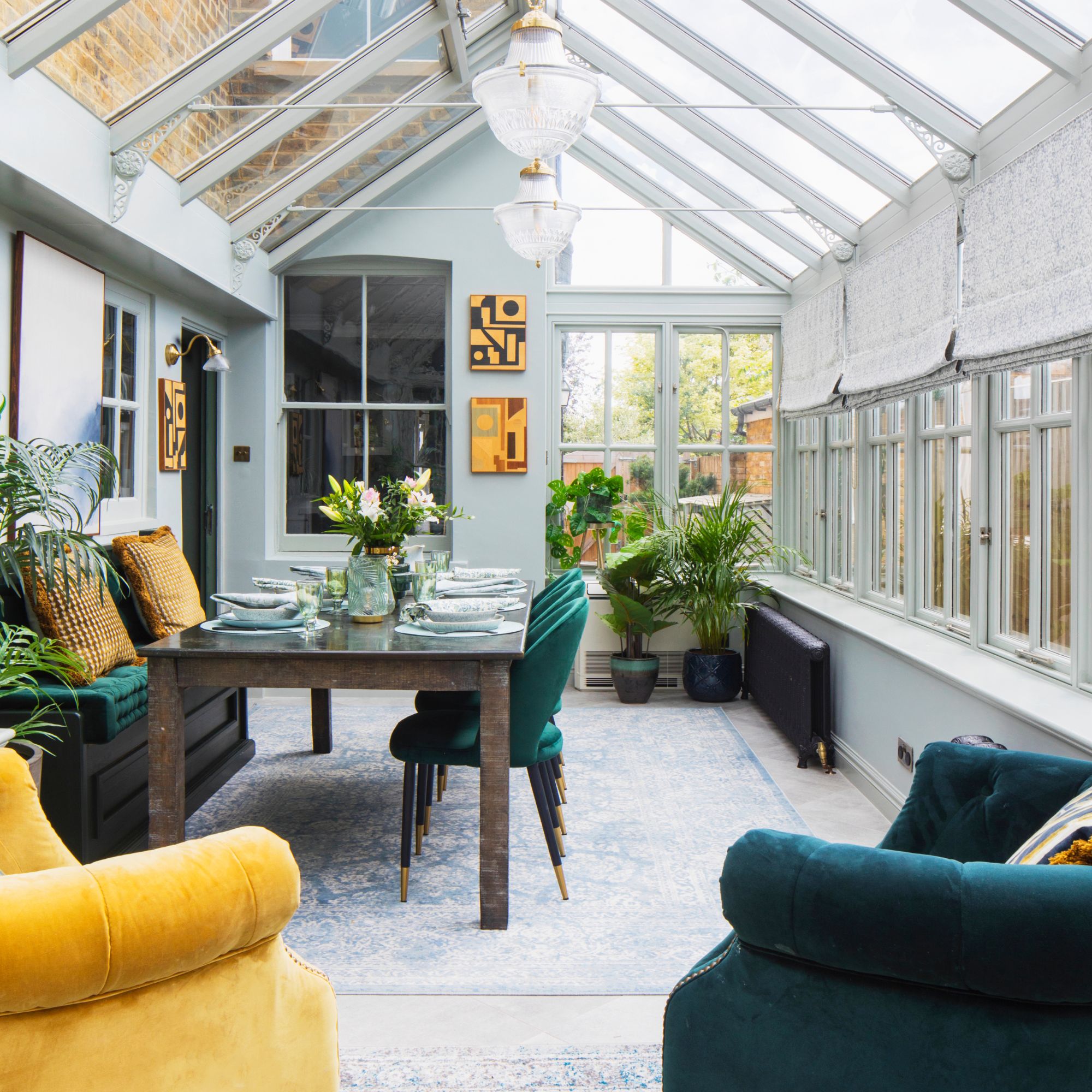
'With such a lot of the heat being lost through the glass, it is important to consider the efficiency of the radiators you install,' explains Nick Duggan, director at The Radiator Centre.
'Radiator manufacturers have taken strides to improve the efficiency of their products, and nowadays you can find something that will work in almost any situation. Radiators that have less water in them require less energy to heat up and as a result, should be cheaper to run. There are a wide range of ‘efficiency’ radiators designed to work in this way, with some having only 10% of the water of a similar sized conventional radiator.'
'Good quality window treatments, such as lined curtains and blinds, are worth the investment – they are suitable all-year-round offering temperature control and privacy,' adds Debbie Leigh, design manager at ILIV.
'Blackout and thermal linings help to keep a conservatory space warm in winter but also cooler in summer, by blocking out unwanted light. Their ability to help keep the cold air from seeping in makes them particularly useful during the autumn and winter months, or on cooler evenings. Blackout and thermal linings help to keep the room warm which also has the added benefit that any heating/cooling systems will work more efficiently, too.'

Nick has been working at The Radiator Centre for over 20 years and has a wealth of experience heating homes to suit homeowners needs.

Debbie has more than 30 years of experience designing and creating textiles and fabrics.
Which offers the best value for money?
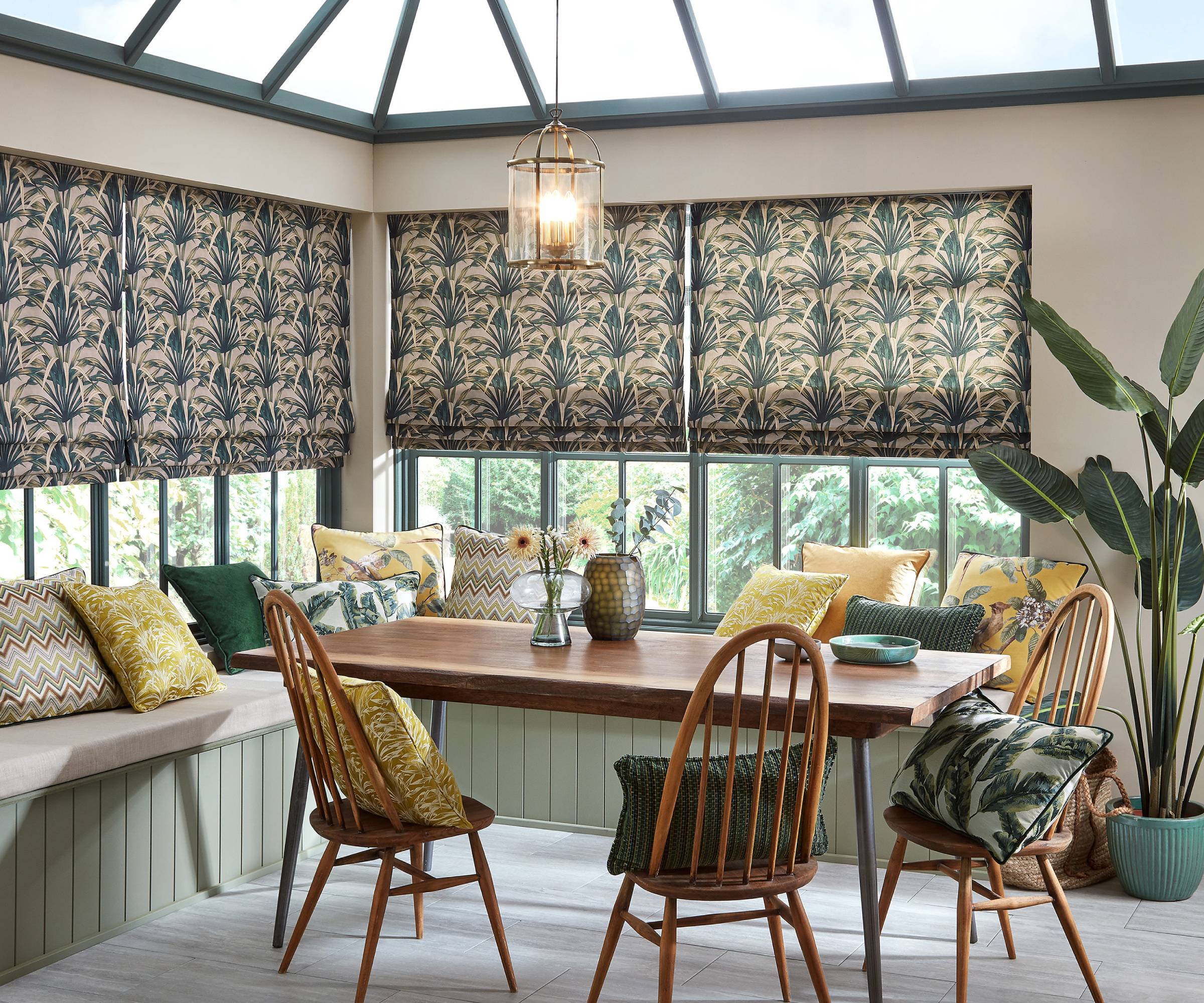
To weigh up the best value for money between an extension and a conservatory, you will need to factor in the lifespans on both structures.
An extension, much like a properly-built house, will last indefinitely, provided suitable maintenance and upkeep, while a uPVC conservatory will only last around 30 years.
A timber conservatory can last anywhere between 50 and 100 years (again, provided proper regular care and attention).
You can also consider how much value an extension will add to your home compared to a conservatory. Done well, an extension will add 10-15% to the value of your home, while a well-thought out conservatory will add 5-7%.
While extensions offer better value for money in terms of lifespan compared to the cost, it's important you also consider what you want to use the additional space for. There's no point in going to the expense of an extension, if a conservatory will meet your needs entirely.
If you decide on a conservatory, make sure you check the rules around conservatory building regulations, and whether you need planning permission for your conservatory before you start to ensure your project runs smoothly.
Amy is an experienced interiors and renovation journalist. She was Assistant Editor of Ideal Home's sister brand Homebuilding & Renovating for five years, before becoming an editor for Independent Advisor. Amy is also an experienced renovator herself. With her partner, she has renovated a mid-century property on a DIY basis, and is now taking on an 1800s cottage in Somerset.
You must confirm your public display name before commenting
Please logout and then login again, you will then be prompted to enter your display name.
-
 Find appliance noises irritating? This is what you need to look for to ensure a quieter home
Find appliance noises irritating? This is what you need to look for to ensure a quieter homeDon't make any purchases without making this check
-
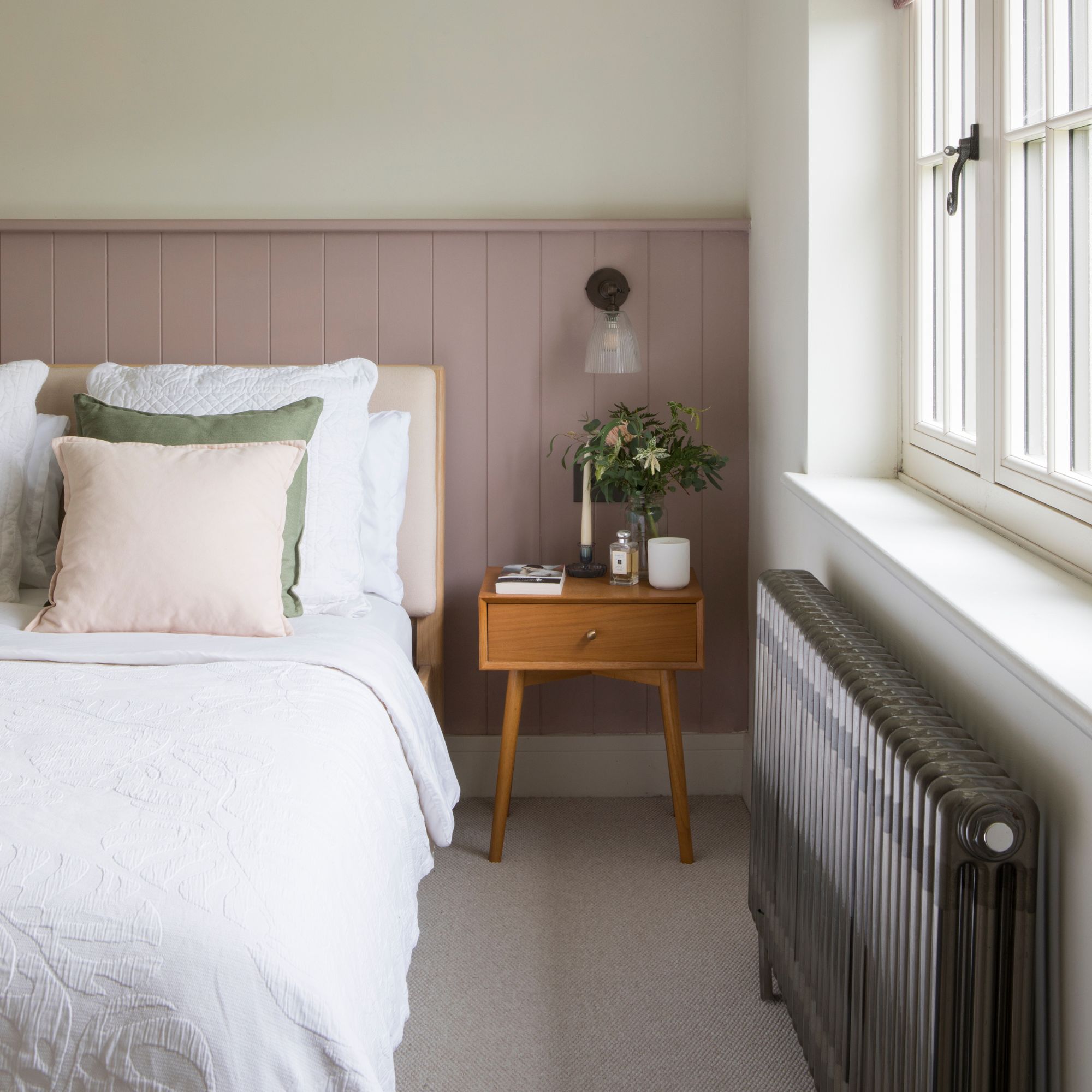 How to air out a mattress – experts explain how this simple trick can help you avoid mould, odours, and allergens
How to air out a mattress – experts explain how this simple trick can help you avoid mould, odours, and allergensExperts warn you shouldn't neglect this simple task, here's how to do it in 5 simple steps
-
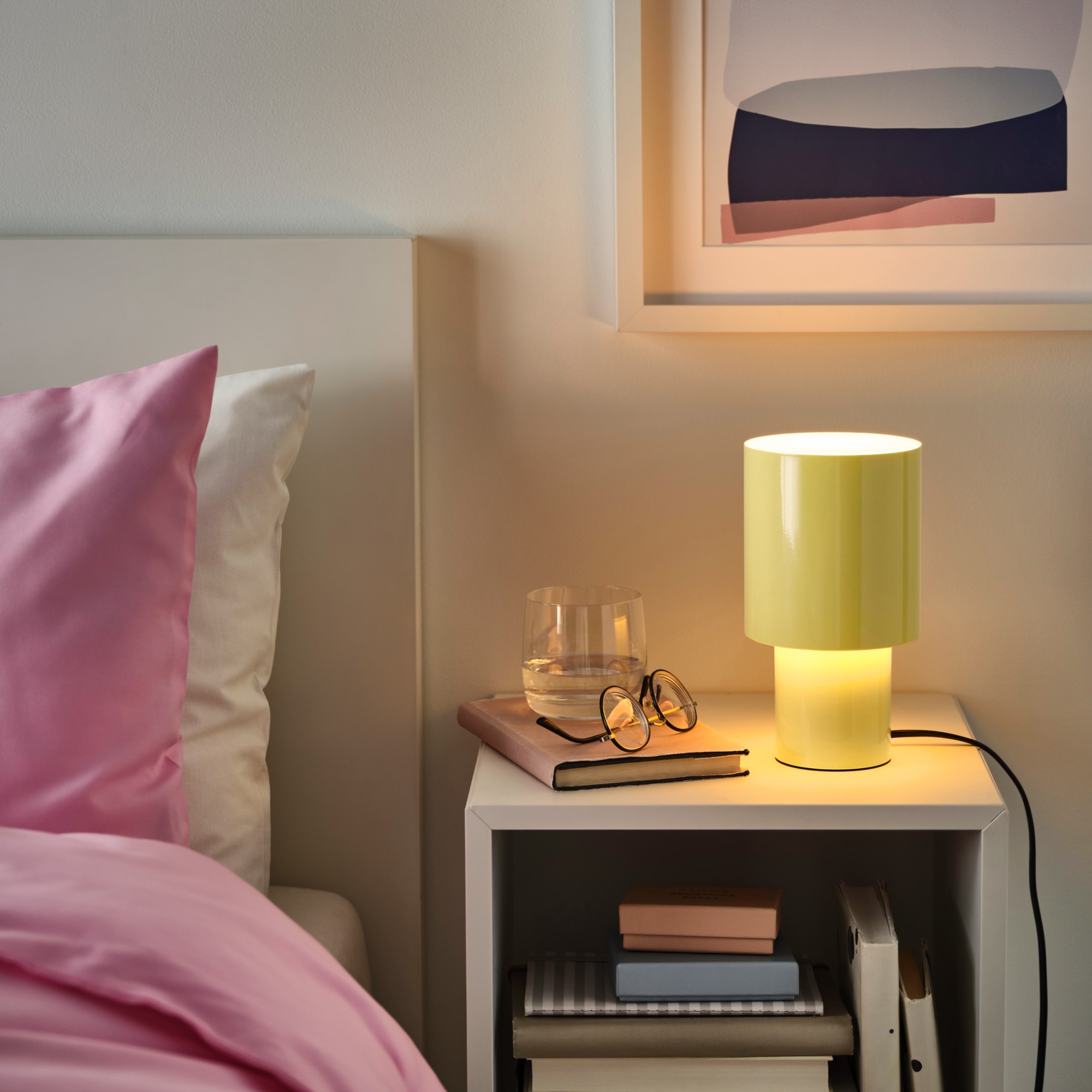 IKEA’s new but already viral lamp is only £8 – and it comes in the most on-trend colour of the year
IKEA’s new but already viral lamp is only £8 – and it comes in the most on-trend colour of the yearI can’t believe I’ve been sleeping on this trending butter yellow IKEA lamp up until now!